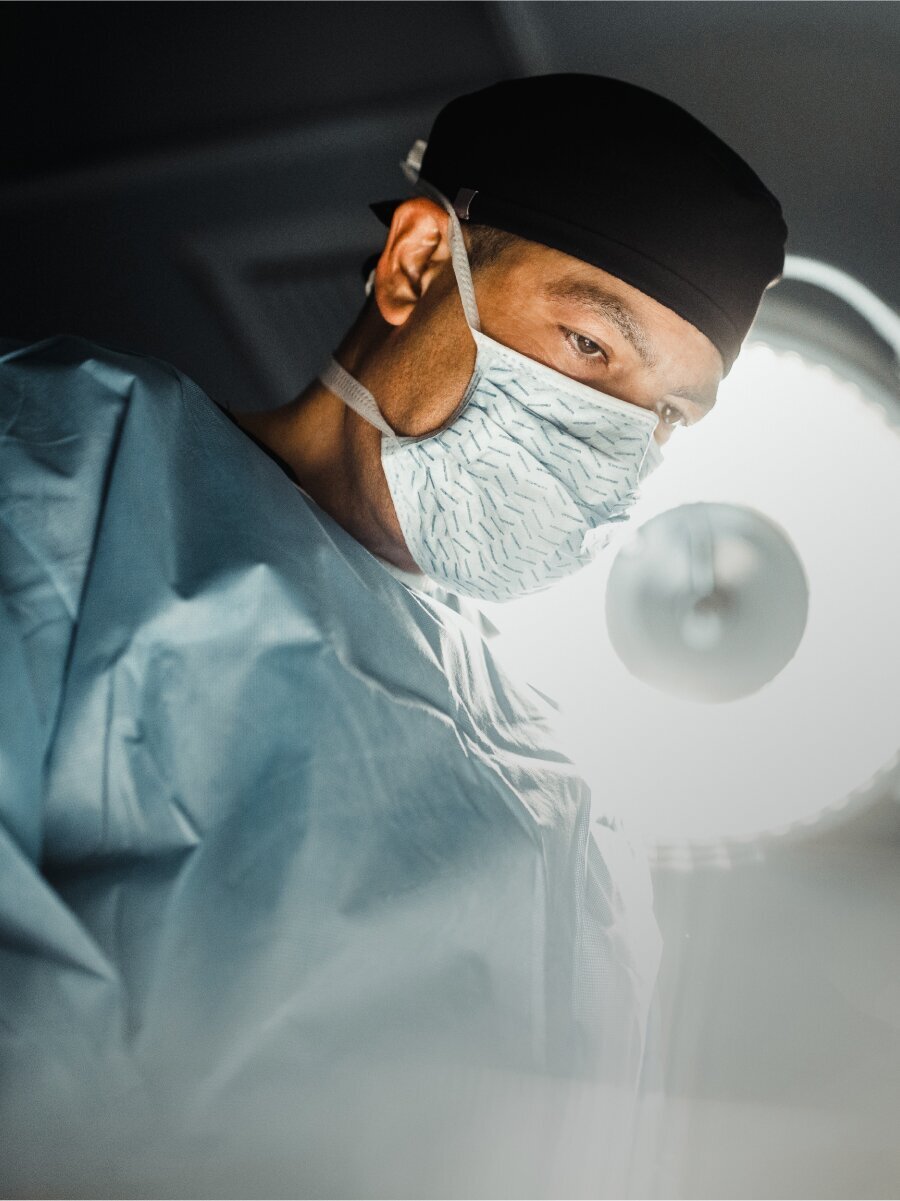Facelift in Thousand Oaks
Conveniently located to serve the areas of Thousand Oaks, Westlake Village, Calabasas, Malibu, Agoura Hills and Camarillo
Many people think that a facelift involves pulling the facial skin tight to “iron out” the wrinkles. Once upon a time, that was the case. But today, Thousand Oaks facelift expert, Dr. Kouros Azar offers a truly restorative procedure that brings back youthful contours and re-drapes the skin for a natural looking facelift result. He has earned a reputation for the innovative techniques he employs and the remarkable results he achieves for his patients. If you are wondering if a facelift is right for you, request a consultation with Dr. Azar to discuss the possibilities. Or you can call our office at (805) 373-7073 and one of our knowledgeable, friendly staff members will schedule your appointment.


















































